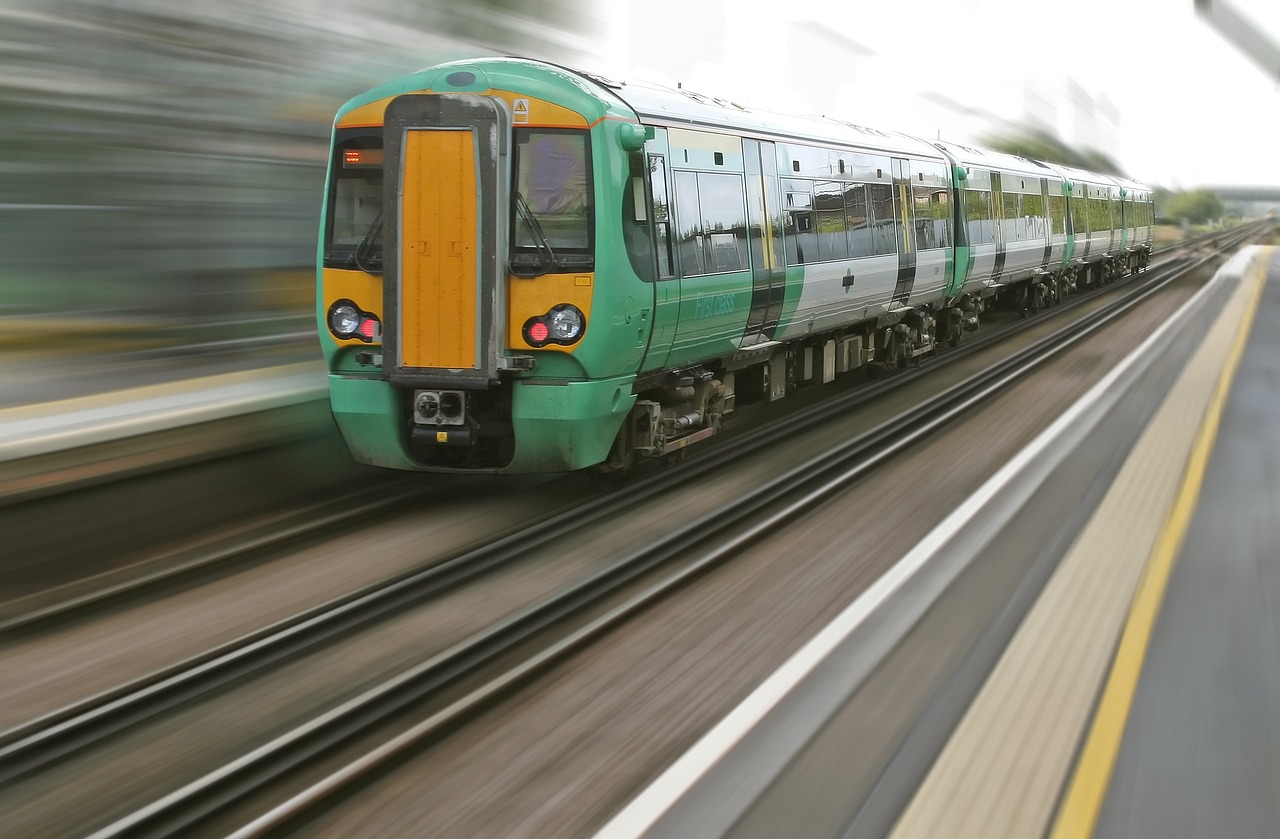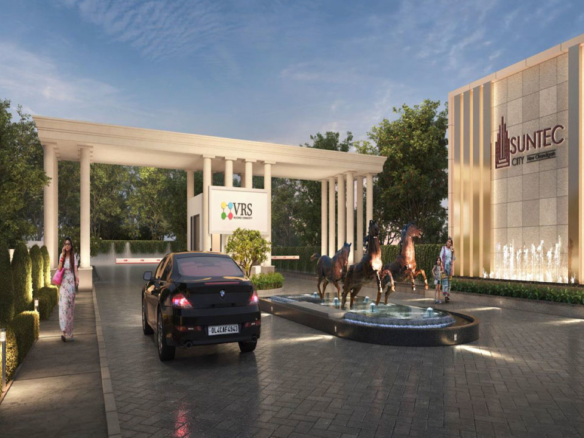In a significant development for the residents of Chandigarh and its neighboring regions, the Rail India Technical and Economic Services (RITES) has announced that the groundwork for the long-awaited Chandigarh Metro will commence in March 2024. The assurance comes as the alternative analysis report (AAR) and detailed project report (DPR) are scheduled to be completed by December this year.
The initiative took a pivotal step forward with RITES presenting its inception report during a meeting chaired by Chandigarh Adviser to the Administrator, Dharam Pal. The meeting, which also had the presence of officers from Punjab and Haryana, showcased the consultant’s plan of action and outlined the timeline for the evaluation process.
Chandigarh Metro’s Effect on Real Estate Development
The AAR and DPR, integral components for obtaining necessary approvals, are anticipated to be finalized by December. Once these reports are in place, they will be submitted to the government for the required approvals. The Chandigarh administration is optimistic that the much-anticipated construction work on the metro project will kick off in March 2024.
The announcement has been met with enthusiasm from the residents of the Tricity area, which includes Chandigarh, Mohali, and Panchkula. The implementation of the metro project is expected to bring about a paradigm shift in the region’s transportation landscape, addressing the increasing traffic congestion and providing a more sustainable and efficient mode of public transportation.
The Chandigarh Metro project is a testament to the collaborative efforts between the central government, the Chandigarh administration, and the relevant stakeholders. The project has been long in the making, with meticulous planning and evaluations to ensure its viability and seamless integration into the existing urban infrastructure.
According to the information provided by RITES, the preparation of the DPR is estimated to cost Rs 6.54 crore, underscoring the commitment to thorough planning and execution. This financial investment is a crucial step towards ensuring that the metro project aligns with the highest standards of safety, efficiency, and sustainability.
The initiation of the metro project is poised to alleviate the burgeoning traffic concerns in the Tricity area, offering a faster and more convenient mode of transportation for daily commuters. The metro system is expected to enhance connectivity between key locations, reduce travel time, and contribute to the overall economic development of the region.
As the reports are set to be completed by the end of December, the subsequent government approvals will pave the way for the physical implementation of the Chandigarh Metro project. The entire Tricity region eagerly anticipates the groundbreaking in March 2024, marking a historic moment in the journey towards a more connected and accessible urban environment. The Chandigarh Metro is not just a transportation solution; it symbolizes progress, efficiency, and a commitment to a sustainable future.
Reference: Indian Express – Work on Chandigarh Metro to begin in March 2024
Chandigarh Metro project in March 2024
The commencement of the Chandigarh Metro project in March 2024 is not only a landmark moment for the region’s transportation infrastructure but also holds substantial promise for the real estate sector.
The impact of a well-connected metro system on real estate is multifaceted, bringing about positive transformations in property values, development patterns, and overall urban living. Here’s a closer look at how the Chandigarh Metro is poised to benefit the real estate landscape:
Enhanced Connectivity and Accessibility
The introduction of a metro system significantly enhances connectivity within the Tricity area, linking key residential, commercial, and recreational hubs. Improved accessibility tends to increase the desirability of neighborhoods situated along the metro route. As a result, real estate in these areas may experience heightened demand, leading to an appreciation in property values.
Rise in Property Values
Proximity to reliable and efficient public transportation is a key factor influencing property values. Residential and commercial properties located near metro stations often witness an increase in demand, as potential buyers and tenants prioritize convenient commuting options. This heightened demand tends to drive property values upward, presenting a lucrative opportunity for real estate investors.
Boost to Commercial Real Estate
Metro stations have evolved into central hubs for a diverse range of commercial activities, Eg. drawing in businesses, retail establishments, salons, office spaces, and restaurants. The increased footfall around these transit hubs creates a thriving environment for commercial real estate development. Businesses, recognizing the strategic advantages of being located near metro stations, may choose to establish their presence in these areas, further fueling the growth of the commercial real estate sector.
Urban Development and Infrastructure Improvement
The planning and implementation of a metro project often go hand-in-hand with broader urban development initiatives. Improved infrastructure, road networks, and beautification projects in and around metro corridors can uplift the overall appeal of an area. This comprehensive development positively impacts real estate by making neighborhoods more attractive for both residents and businesses.
Exploring Chandigarh’s Real Estate (Land, Residential, Commercial, Industrial)
Shift in Development Patterns
The presence of a metro system can lead to a shift in development patterns, encouraging higher-density and mixed-use developments around metro stations. This, in turn, creates vibrant urban centers with a mix of residential, commercial, and recreational spaces. Real estate projects that align with these evolving development trends stand to benefit from the changing dynamics of the urban landscape.
Attracting Real Estate Investments
The announcement of a metro project often acts as a catalyst for real estate investments. Developers and investors recognize the long-term potential of areas with upcoming or existing metro connectivity. This influx of investments can result in the development of modern, well-planned projects that cater to the evolving needs of the population.












